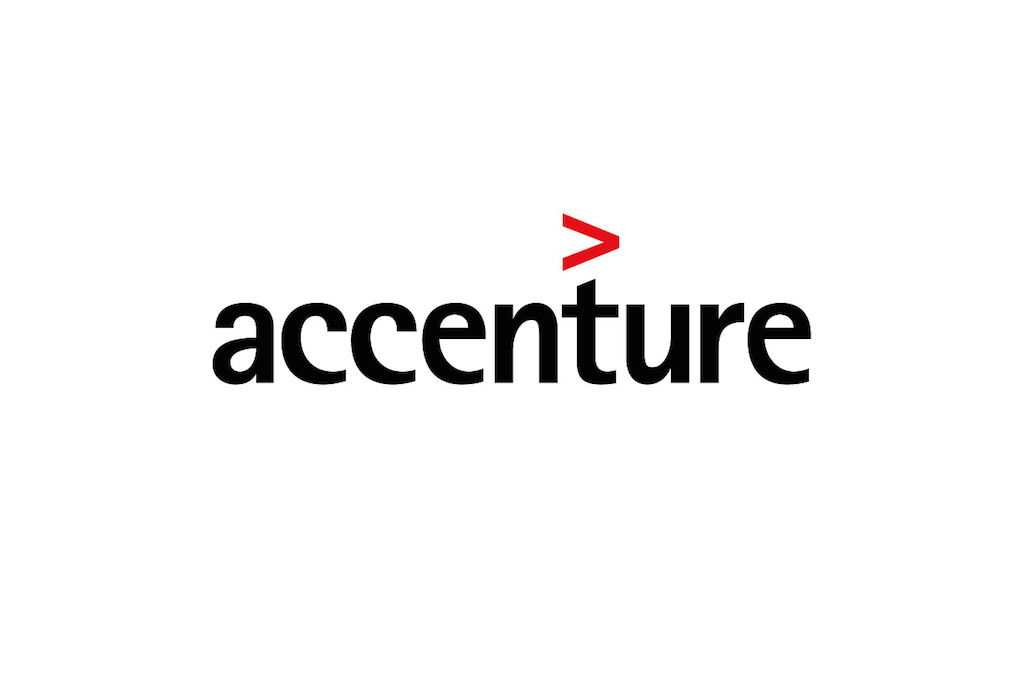by Russ Koesterich, CFA, Blackrock
Despite structural regional challenges, Russ provides insight on several factors that support European equities.
With the S&P 500 up nearly 20% year-to-date, U.S. investors can be forgiven for maintaining a home country bias. Consistent with the post-crisis norm, 2019 is shaping up to be another year when U.S. equities beat the rest of the world.
That said the case for international diversification remains sound, in part because other markets are also producing stellar returns. Year-to-date, some of the Chinese equity indices are up more than 20%. And to many investors’ surprise, another bright spot is Europe (see Chart 1). While not quite keeping pace with the U.S., European equities are up 15.5% according to the MSCI Europe Index (in dollar terms). For investors under invested in international stocks, Europe is worth another look.
While there are challenges, including structurally lower growth, there are several factors favoring European equities, including: attractive valuations, generous dividends, low growth expectations, the global scale of Europe’s largest companies, and finally the relative dovishness of the European Central Bank (ECB).
Tailwinds for European Equities
European stocks trade at 13-14x next year’s earnings, cheap relative to nearly 18x for the S&P 500. Europe also scores much better on dividend income. Dividend yields are approximately 3.5% for the continent and 4.5% for the United Kingdom, nearly double the 1.8% on the S&P 500. The yield differential is particularly relevant given that last year’s backup in interest rates has reversed. In a world in which approximately $13 trillion of sovereign debt trades with a negative interest rate, a 3-4% dividend yield is no trivial thing.
And while Europe is still struggling to grow, this dynamic appears well discounted. The Citi European Economic Surprise Index is close to flat. In contrast, the U.S. economic surprise index is negative and near a two-year low, meaning economic data is coming in worse than expected. To be clear, this doesn’t mean that the U.S. will grow slower than Europe, but that relative to expectations European growth is coming in mostly better than in the United States.
Even if European growth remains soft, European equities can still perform. The reason: European indices are more exposed to global rather than local growth. Most of the big names in the index are global champions, such as Nestle in packaged foods, or Royal Dutch Shell in energy. The fortunes of these companies are more tied to global conditions rather than local ones.
Finally, there is the ECB. Year-to-date, equity markets are being driven by easier financial conditions and the hope for yet more central bank stimulus. Given soft growth and persistently below target inflation, the ECB is most likely to deliver on investor expectations. Most interestingly, further stimulus may include a return to the bank’s asset purchase program. As my colleague Rick Rieder has suggested, this may even involve the eventual purchase of equities, as the Bank of Japan has been doing for years.
The Bottom Line
Europe has its challenges, but its stocks also possess some fairly consequential tail winds.
Russ Koesterich, CFA, is Portfolio Manager for BlackRock’s Global Allocation Fund and is a regular contributor to The Blog.
Investing involves risks, including possible loss of principal.
This material is not intended to be relied upon as a forecast, research or investment advice, and is not a recommendation, offer or solicitation to buy or sell any securities or to adopt any investment strategy. The opinions expressed are as of June 2019and may change as subsequent conditions vary. The information and opinions contained in this post are derived from proprietary and nonproprietary sources deemed by BlackRock to be reliable, are not necessarily all-inclusive and are not guaranteed as to accuracy. As such, no warranty of accuracy or reliability is given and no responsibility arising in any other way for errors and omissions (including responsibility to any person by reason of negligence) is accepted by BlackRock, its officers, employees or agents. This post may contain “forward-looking” information that is not purely historical in nature. Such information may include, among other things, projections and forecasts. There is no guarantee that any forecasts made will come to pass. Reliance upon information in this post is at the sole discretion of the reader. Past performance is no guarantee of future results. Index performance is shown for illustrative purposes only. You cannot invest directly in an index.
©2019 BlackRock, Inc. All rights reserved. BLACKROCK is a registered trademark of BlackRock, Inc., or its subsidiaries in the United States and elsewhere. All other marks are the property of their respective owners.
USRMH0719U-898974-1/1
This post was first published at the official blog of Blackrock.
















